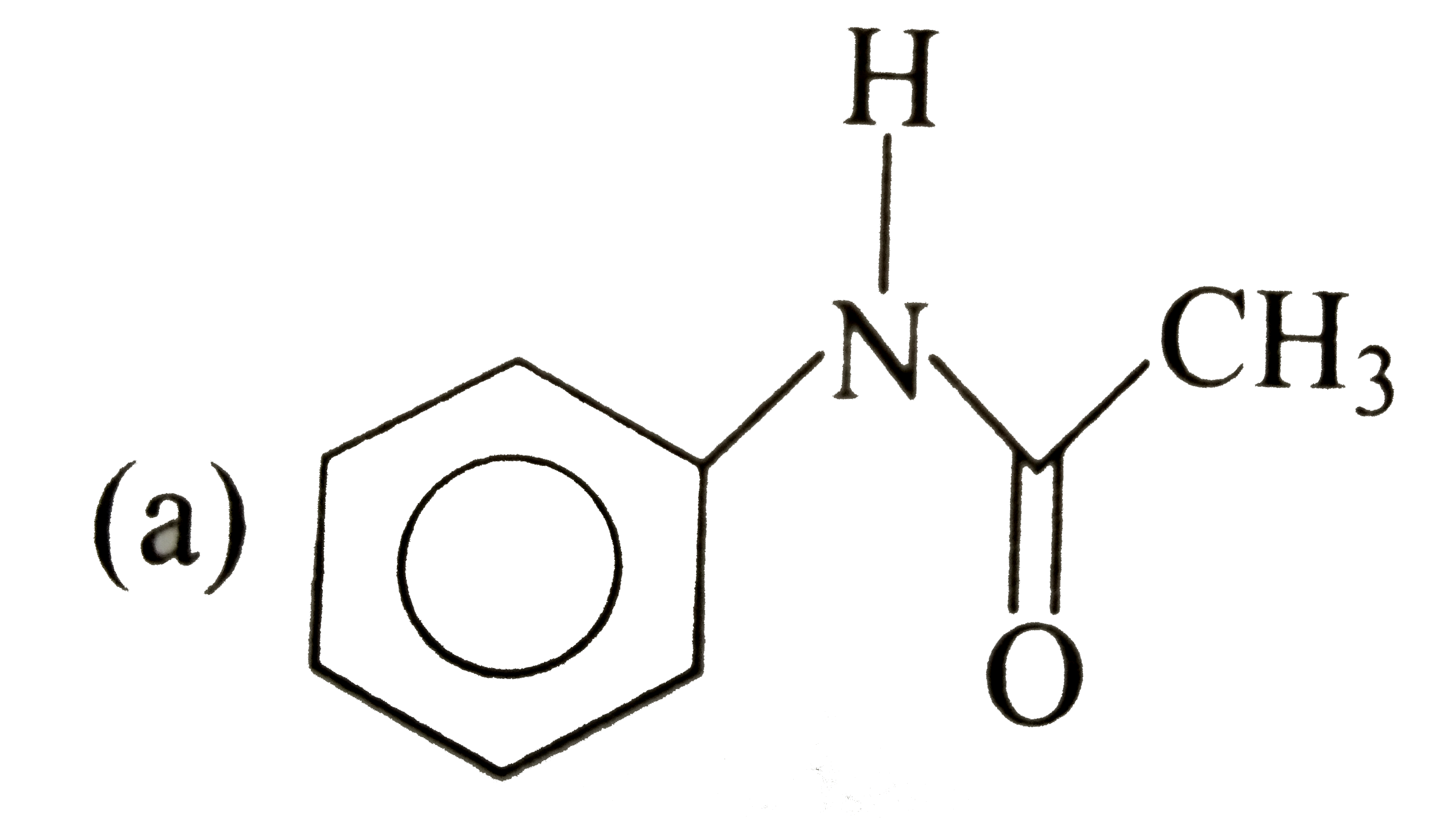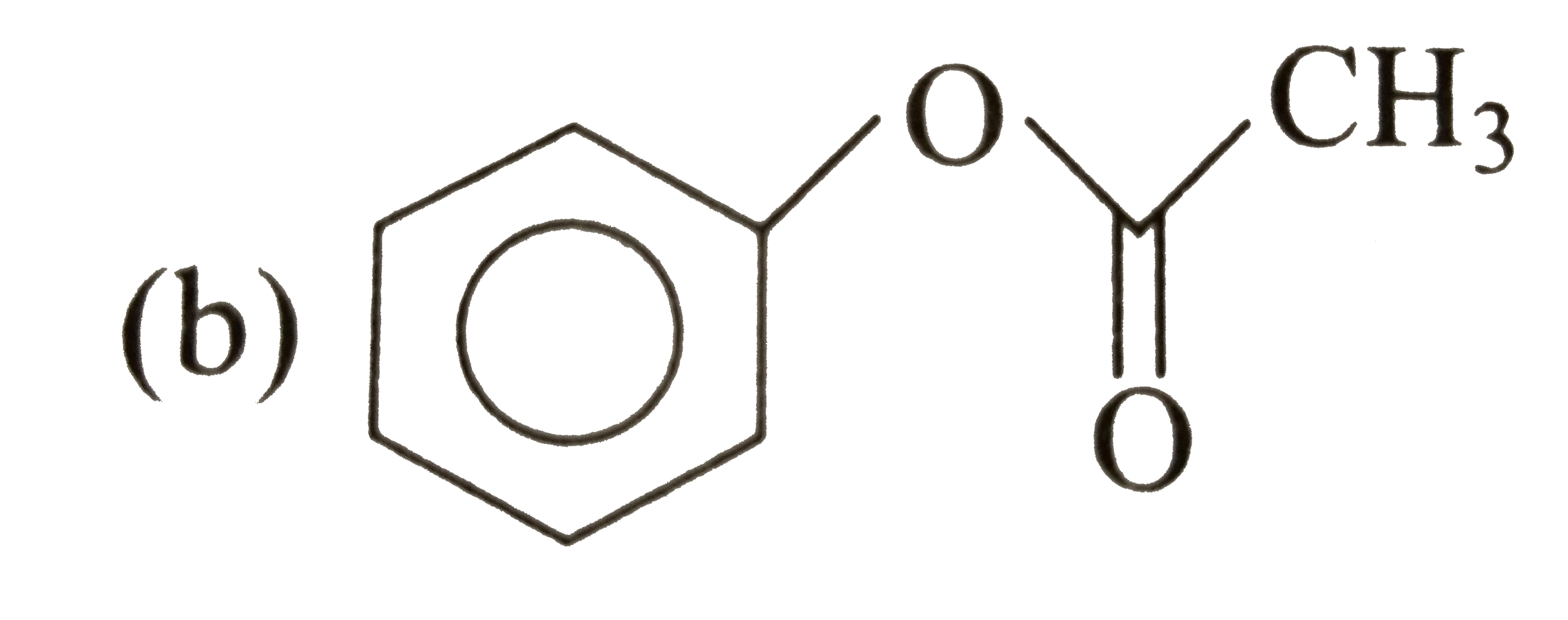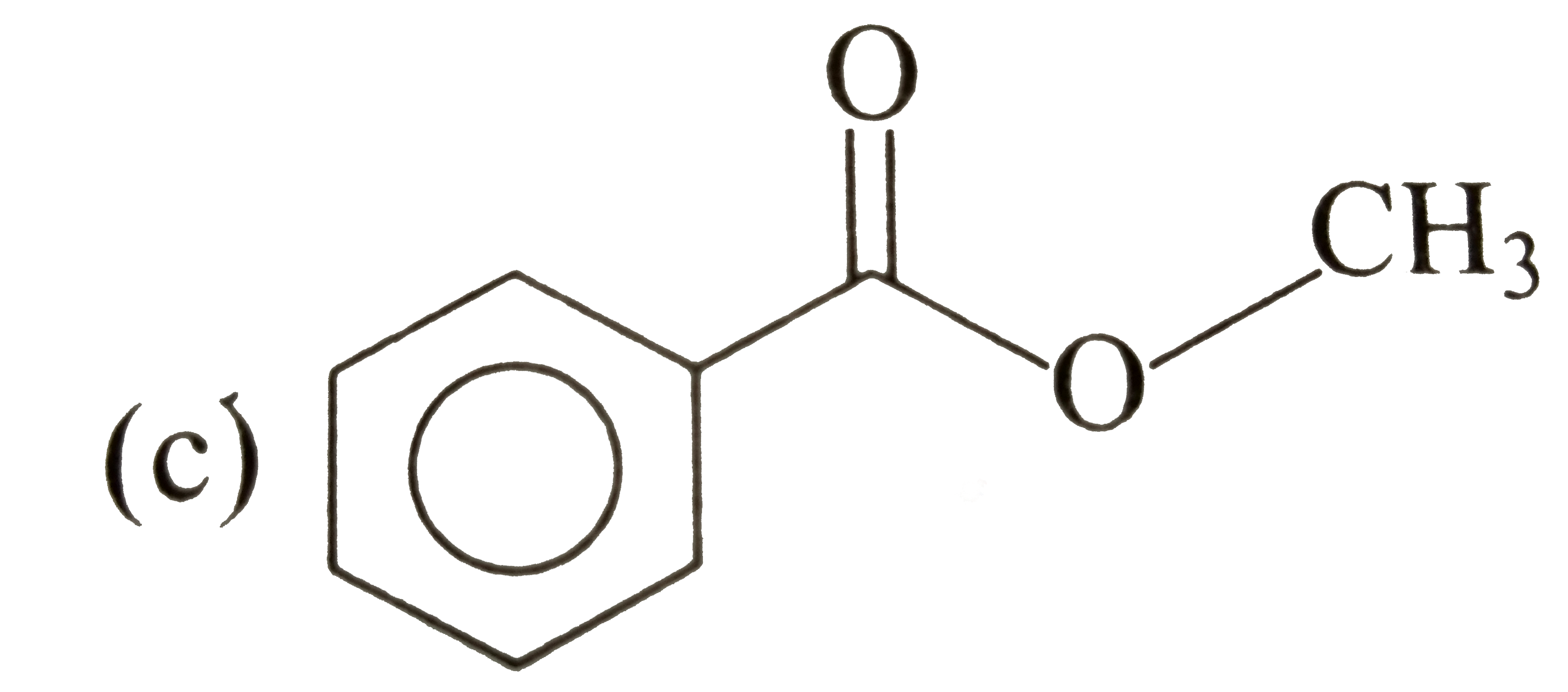Which of the following are more reactive than diphenyl in electrophilic aromatic substitution reaction ?




The correct Answer is:A, B, D
Step by step video, text & image solution for Which of the following are more reactive than diphenyl in electrophilic aromatic substitution reaction ? by Chemistry experts to help you in doubts & scoring excellent marks in Class 12 exams.
Topper's Solved these Questions
- BOOK - HIMANSHU PANDEYCHAPTER - AROMATIC HYDROCARBONSEXERCISE - More Than One Correct (Q.26 To Q.35)10videos
AROMATIC HYDROCARBONS
- BOOK - HIMANSHU PANDEYCHAPTER - AROMATIC HYDROCARBONSEXERCISE - Linked Comprehension Type25videos
AROMATIC HYDROCARBONS
- BOOK - HIMANSHU PANDEYCHAPTER - AROMATIC HYDROCARBONSEXERCISE - Level 3 (Q.151 To Q.160)10videos
AROMATIC HYDROCARBONS
- BOOK - HIMANSHU PANDEYCHAPTER - AMINESEXERCISE - Subjective Type Problems5videos
AMINES
- BOOK - HIMANSHU PANDEYCHAPTER - BIOMOLECULESEXERCISE - Match The Column6videos
BIOMOLECULES
Similar Questions
Knowledge Check
- Question 1 - Select One
For an electrophilic aromatic substitution reaction
AChlorine is o-p directing group and also electron releasing groupBChlorine is o-p directing group and also electron withdrawing groupCChlorine is meta directing group and also electron releasing groupDChlorine is meta directing group and also electron withdrawing group - Question 2 - Select One
Which of the following is most reactive towards electrophillic aromatic substitution for halogen ?
A B
B C
C D
D
- Question 3 - Select One
Electrophilic aromatic substitution is difficult in
Ap−NH2C6H4CO2HBp−CH3OC6H4CO2HCP−NO2−C6H4CO2HDp−ClC6H4CO2H
Introduction OF Electrophilic Aromatic Substitution Reaction
View SolutionWhich of the following compound is most reactive in the nucleophilic aromatic substitution reaction with NaOH ?
View SolutionWhich of the following compounds is most reactive in electrophilic aromatic substitution?
View SolutionWhich of the following is the correct enthalpy diagramfor the electrophilic aromatic substitution?
View SolutionWhich of the following is not a meta-directing group in electrophilic aromatic substitution?
View Solution


